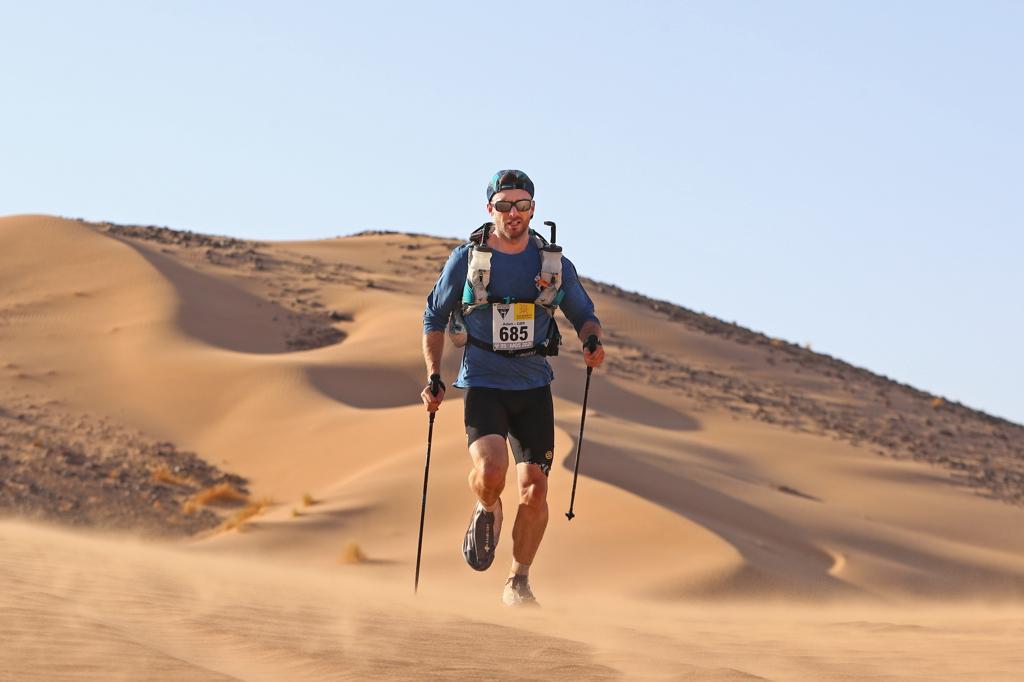-
Meals
-
Ration Packs
-
Special Diets
- Survivor Foods 25-Year Tins
-
Snacks, Drinks & Accessories
- About Us
Sea, Sand & Summit Challenge
October 31, 2022




AJ: I would never say never but there are other things I would like to achieve which will naturally come first. I want to be a good father and husband which will always be my number one priority but I’d also like to climb some unclimbed peaks, cross some bigger seas and test myself in other environments be it jungle or polar exploration.


I tried a fair few different meals before heading out to the desert, and I stuck to the main ones I liked. I’m a big fan of the Porridge with Strawberries and Porridge with Blueberries so I had them each morning just alternating the fruits.
I ate the Beef Stroganoff, Chicken, Parmesan and Basil Risotto, Spaghetti Bolognaise, and Macaroni & Cheese. I stayed away from the Chilli Con Carne as it was a bit spicy for me in the warm desert but the ones I chose worked great for me enabling me to finish well inside the top 100 finishers, which exceeded my expectations.
I also ate flapjack bars, crisps, nuts, sweets & some jerky alongside the Expedition Foods, but the meals were the main source of my energy on what was a very tough 35th MDS.
Also in Stories

Expedition Foods Breakfast Earns Praise from The Great Outdoors Magazine!
September 29, 2025
We’re proud to have received a glowing review for our plant-based breakfast, Rolled Oats with Apple and Blackcurrant, that’s not only nutritious and delicious but also mindful of dietary needs and environmental impact.

Rowing Across the Mediterranean with NOMAN
May 16, 2025
40 degree heat, sea swells, salt sores, blisters, dehydration, sea sickness… The decision to take on the adventure of rowing across the Mediterranean is not one that is taken lightly.

In Praise of the Calorie
February 13, 2025
Norman Hadley on eating in the outdoors, and why he keeps coming back to Expedition Foods.


